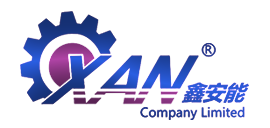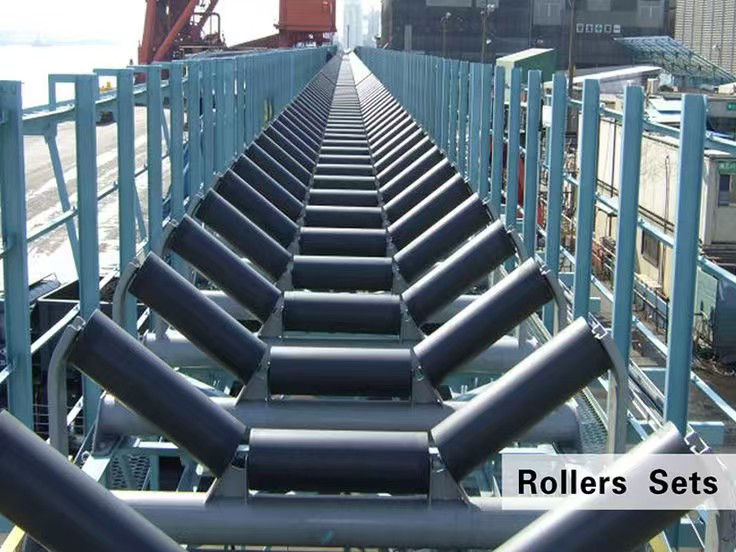
The roller is one of the key components that affect the use effect of the belt conveyor, accounting for about 30% and 40% of the weight of the whole machine, and 5%-30% of the price of the whole machine. In belt conveyors, idlers are used to support conveyor belts and cargo loads, and are the main support devices for conveyor belts.
If the rollers are classified according to their use, the rollers can be divided into self-aligning rollers, buffer rollers, trough rollers, and parallel rollers. The function of the self-aligning roller is to correct the deviation of the belt conveyor belt, usually the heavy-duty section of the conveyor is installed with a rotary trough self-aligning roller, and the unloaded section is installed with a parallel self-aligning roller. The buffer carrier is applied to the tailstock according to the actual situation, which can reduce the impact of the material on the belt when receiving the material, which is conducive to prolonging the service life of the belt. A trough idler strand is made up of two side idlers and a flat idler, and the groove angle is generally 30 degrees, for the detachable belt conveyor, the three idlers of the trough idler are hinged together with each other, so it is called hinged idler. The parallel idler is a long roller, which is installed at the lower end of the pressure, so it is called the lower idler.
Trough Upper Rollers: The standard trough angle of the trough upper carrier is 35 degrees, so the most commonly used in each conveyor are the 35 degree trough idler and 35 degree trough forward rollers. Trough idlers are widely used in open-air dusty and corrosive environments, such as mines, power plants, steel mills, stone plants, cement plants, coal washing plants, salt plants, alkali plants, fertilizer plants, wharves and other transportation places.
Buffer roller: The buffer roller has 35 degrees and 45 degrees, and when canvas conveying is selected, only 35 degree groove buffer roller can be selected. When using 45-degree geometry buffer rollers, 45-degree geometry rollers can be used in the section of the guide chute where the material is not impacted.
Transition rollers: Large volume, long distance, conveyor belt tension and important conveyors should generally be provided with transition sections.
